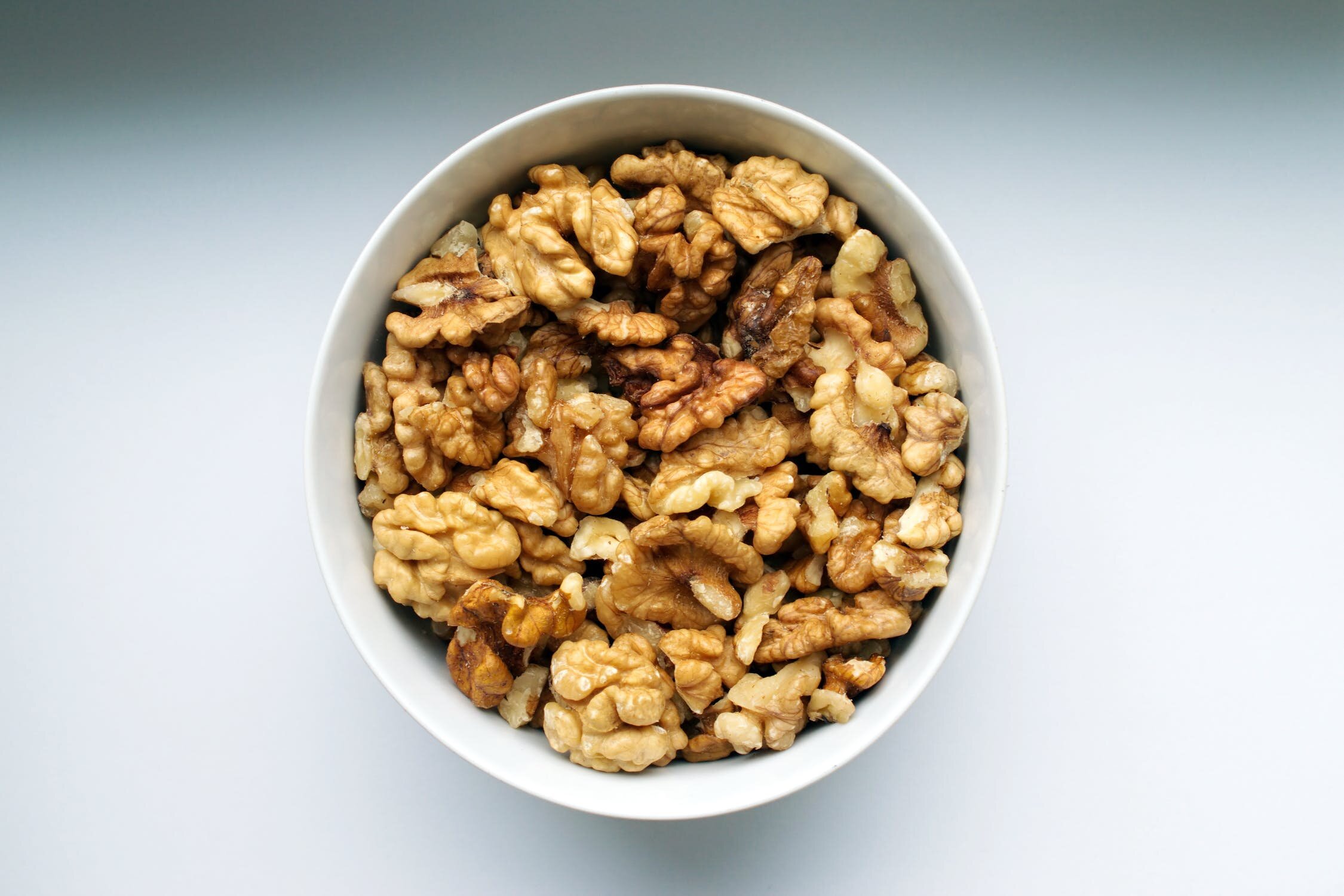My mother’s aunt, Astghik Harutiunian was born in Van in 1896. She married an Armenian Revolutionary Federation activist Kapriel Nazarian and they had two daughters before 1915.
After the Defence of Van, the family ended up in Yerevan. Kapriel’s political affiliation made him an undesirable person after the Bolshevik takeover of Armenia, so the family left the country in 1921 intending to emigrate to the United States.
Making slow progress through Iran, Iraq and Lebanon, they boarded a ship in Beirut bound for Marseilles intending to continue from there their sea voyage to America. Once in Marseilles, Kapriel found a menial job in a factory and the family decided to stay in the city. This recipe is for the plaki that Astghik learned to make in Van.
It has come to me through my sister Seda, who was a student at Conservatoire de Marseille in the 1960s and saw Astghik make her plaki on many occasions.
Astghik Nazarian in her eighties in windswept Provence.
Soak the beans in cold water overnight. Boil in unsalted water and drain. Add enough boiling water to the beans just to cover them followed by the whole onion, tomato and carrots. Tie together the celery stalk and parsley bunch and add to the pot. Next, string together the cloves of garlic and immerse them in the water tying the ends of the string to the pot handle. Season to taste with salt and pepper. Cook on low heat until the beans are done. Discard the onion, garlic cloves and the bunch of parsley and celery stalk (alternatively these ingredients can be made into a paste and used in soups, etc.). Skin the tomato, chop it into small pieces and add to the beans followed by diced carrots. Remove from heat and allow to cool before adding the olive oil. Serve tepid or cold.
Ingredients:
350 g dry white kidney beans
1 medium onion
1 large ripe tomato
1 celery stalk
2 medium carrots
1 small bunch of flat leaf parsley
3-4 cloves of garlic
1 tbsp olive oil
By Gagik Stepan-Sarkissian







